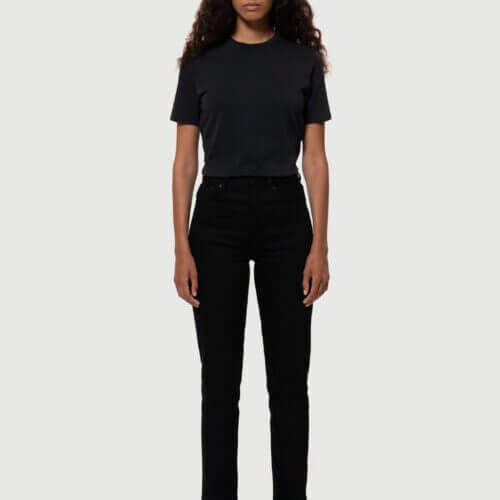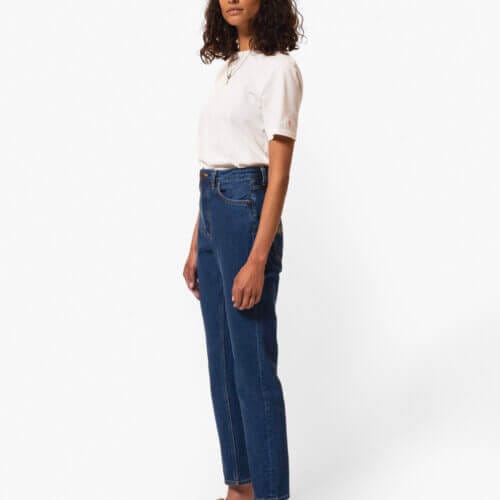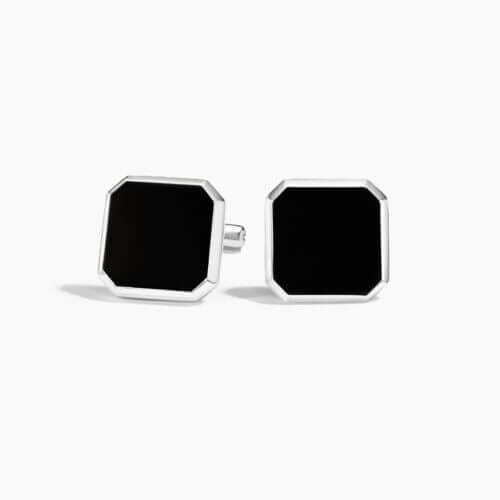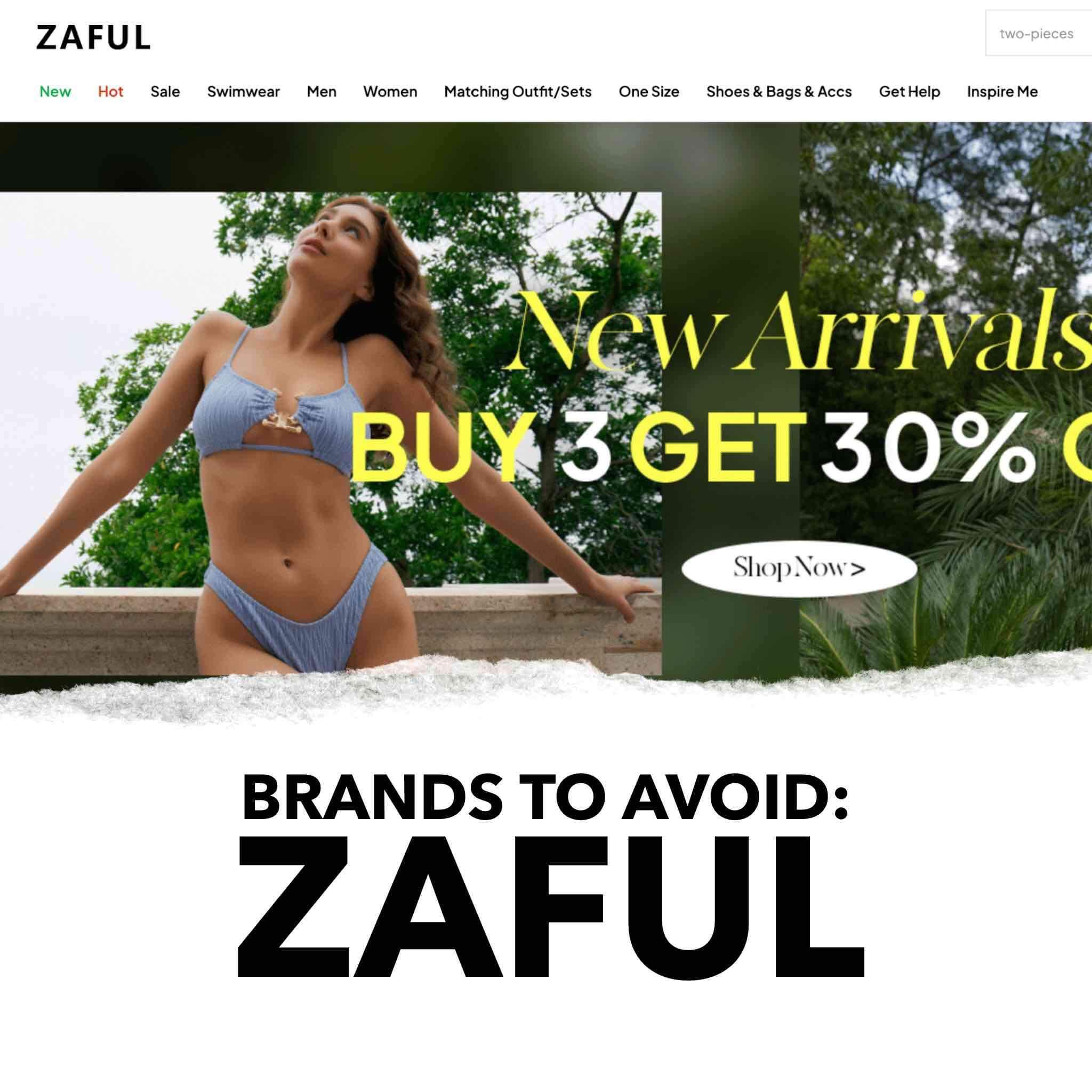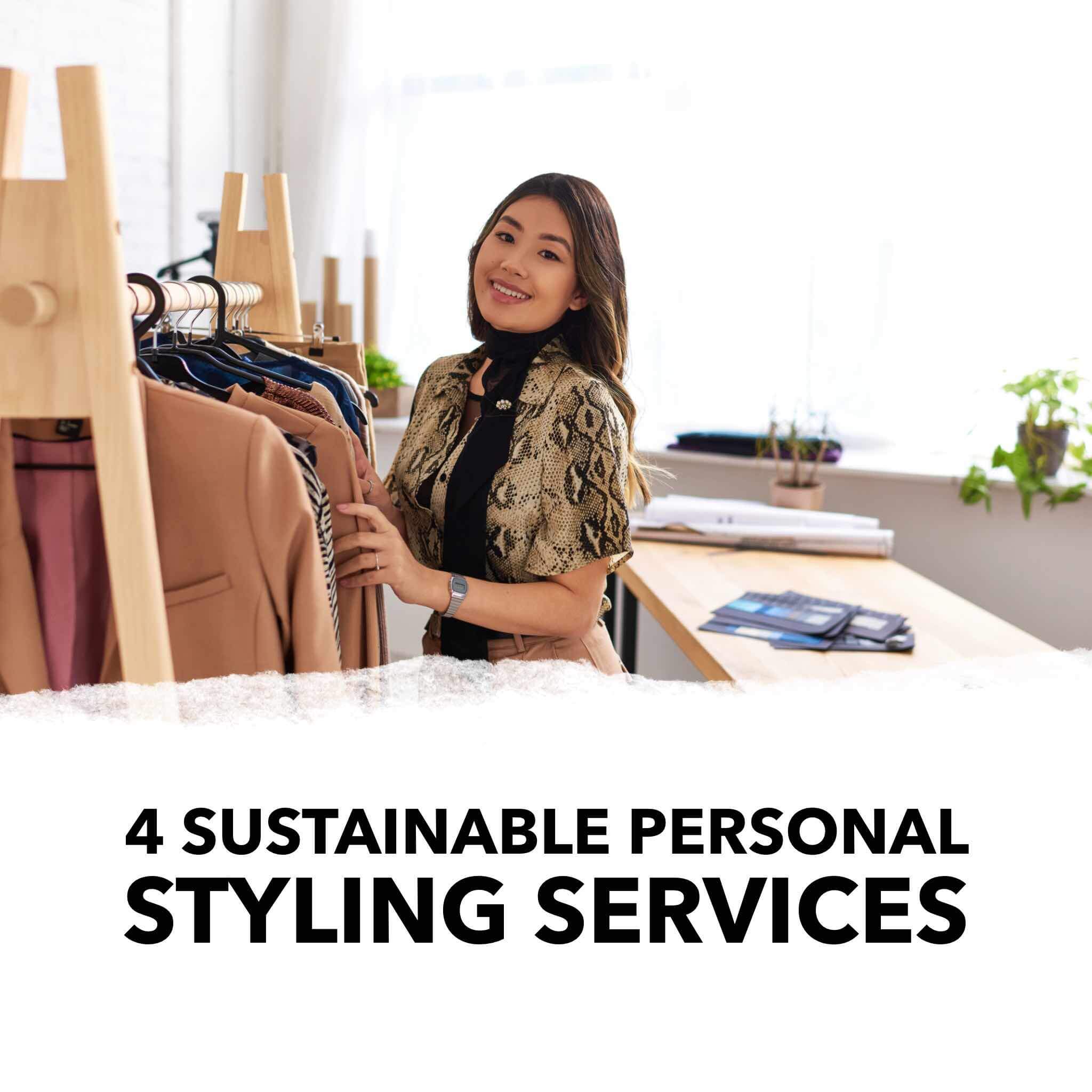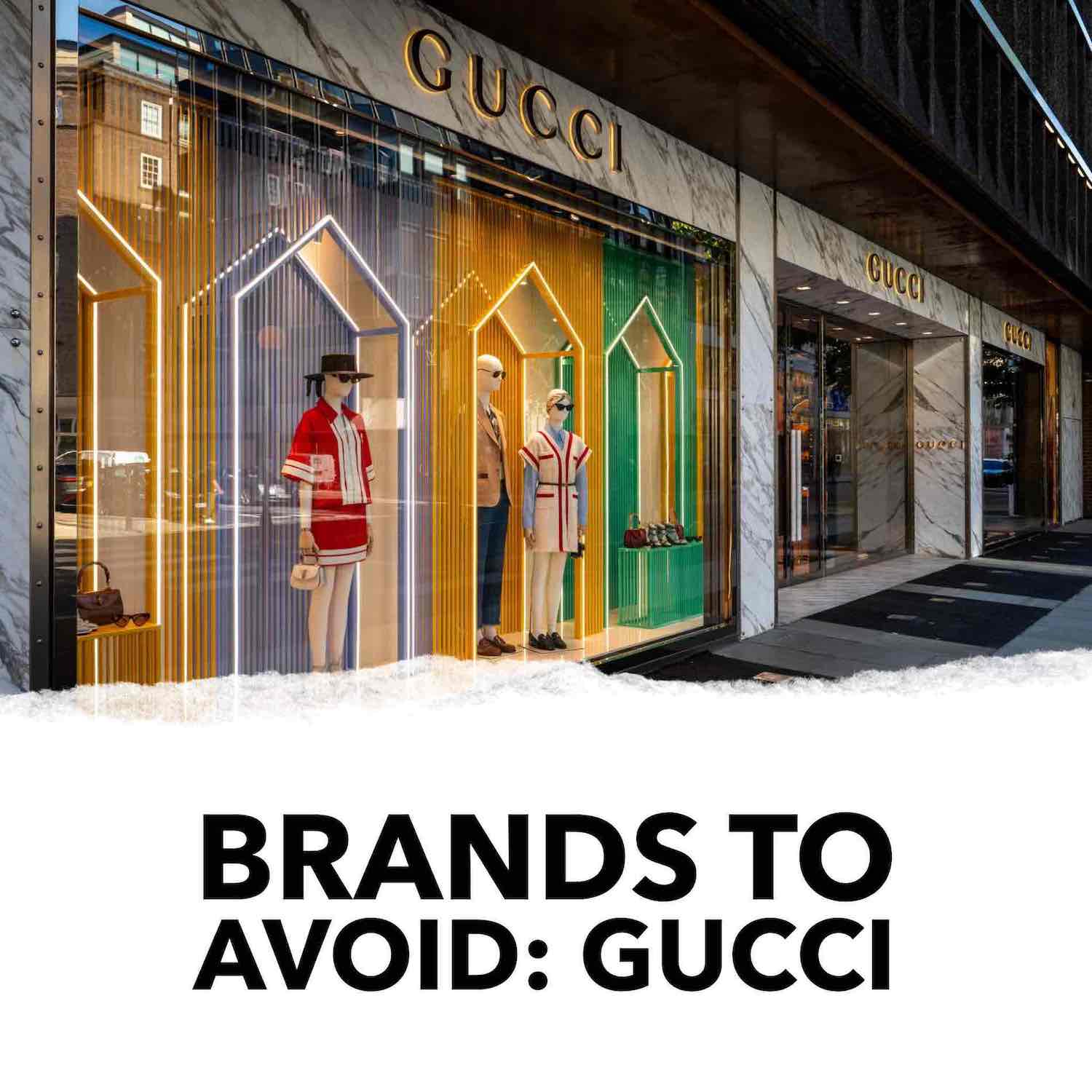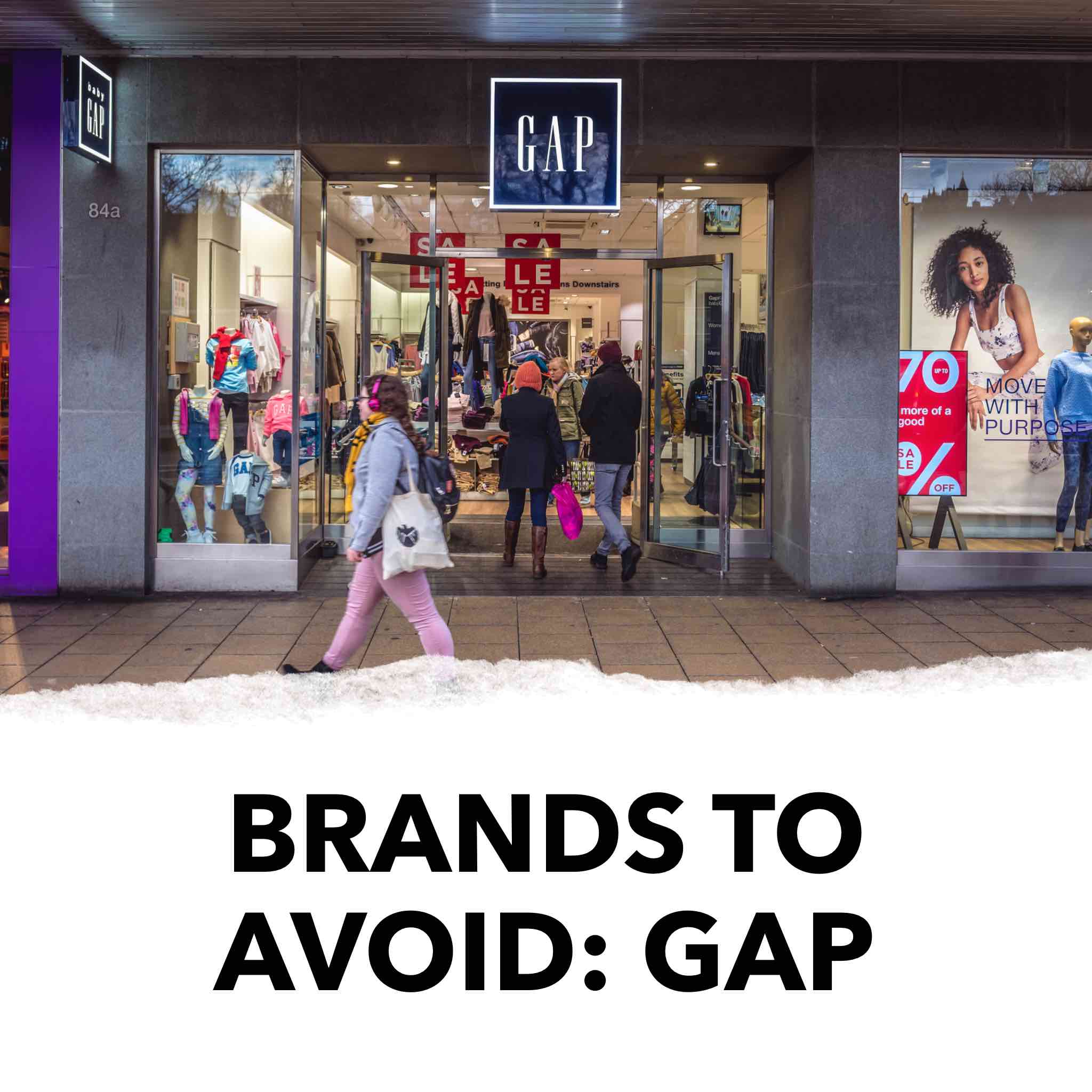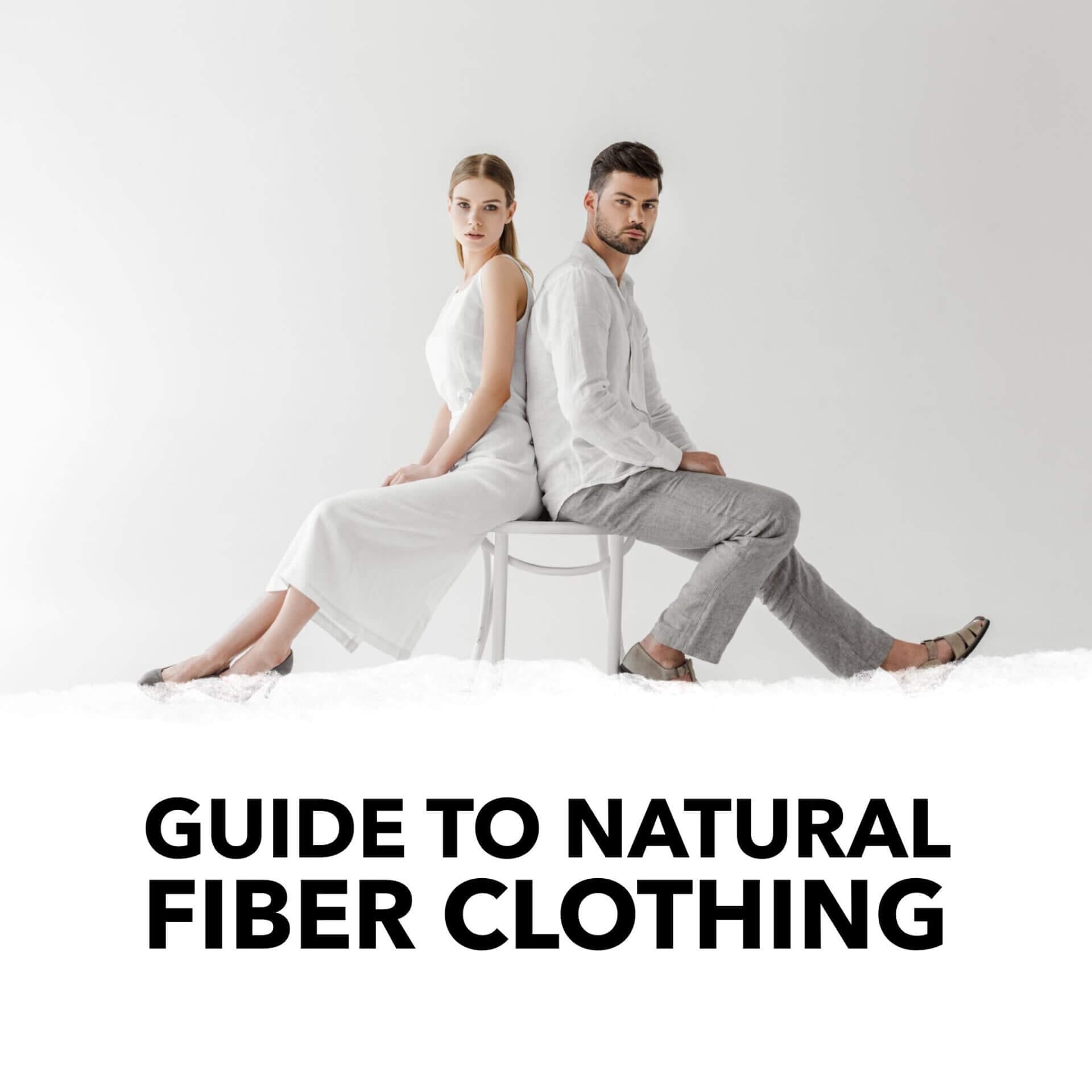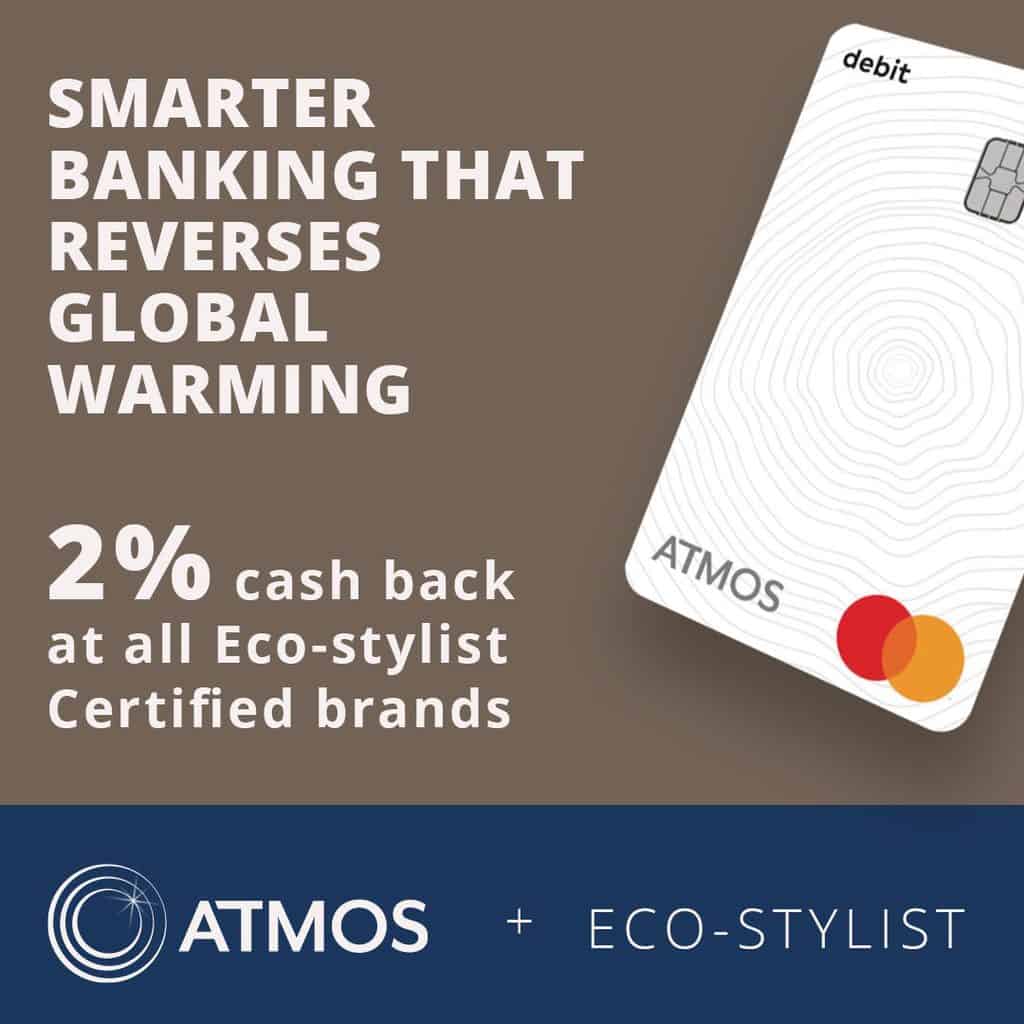As the world around us continues to evolve, the world of fashion is certainly not one to be left behind. In the current day and age, we have record breaking winters, a west coast consumed by wildfires (that turn the sky a frightening shade of red), oil spills compromising our oceans, and wildlife dwindling due to carbon emissions and pollution. Needless to say, it is no longer just the “tree hugging hippies” that are concerned with climate change and preserving the environment.
From politicians to college students to scientists, people are concerned with the harsh effects that humanity has had on this place we call home. Many of these people are also involved in trying to make the earth a little cleaner (or livable) for those who come after us. Enter: sustainable fashion brands and consumer activists.
After a year of activism like 2020, brands and consumers alike are concerned with the inner workings of companies. Consumers want to know where their products are being made, who is making them, if they support BIPOC (Black and Indigenous People of Color), if they support women, if they are paying their employees fairly, and the list goes on and on.
Some people will say that this is too much to worry about, but it is quite the contrary. People deserve to know what they are supporting when they shell out money for a product, and brands wants to earn their trust.
We’ve identified 4 ways brands can be more sustainable: Be Transparent, Source Ethically, Reduce Your Impact, and Tell Your Story. The first step lays the foundation for all the others: Be Transparent.
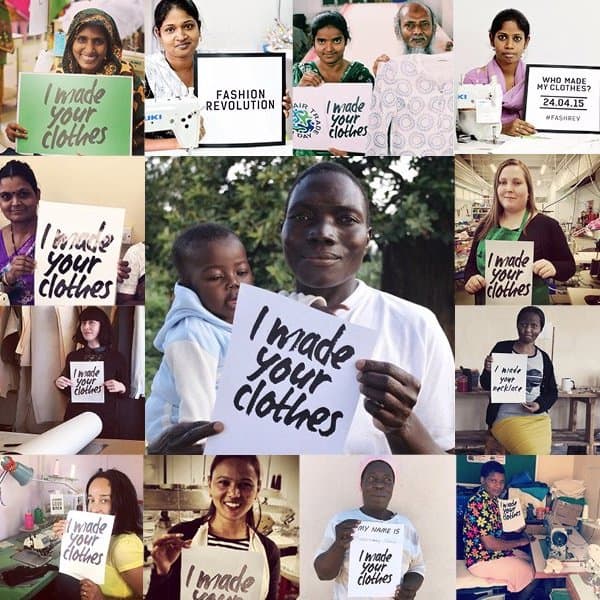
Be Transparent
Transparency from a brand goes a long way. Consumers want honest and straightforward responses from a company for guidance in what to buy. When you can go to a brand’s website or social media account and see what they support and how and where their garments are being made, it allows you to not only understand the inner workings of the company, but also feel a personal connection to the brand.
If your brand (or a brand you are interested in supporting) is currently looking for a more efficient and effective way of communicating with customers, or you would like to see how your brand is doing when it comes to sustainability, then check out Eco-Stylist’s brand criteria. We use the same criteria to research every brand and you can submit your brand here.
Here’s what Nancy Sierras Morales, our impact manager, had to say about transparency:

“The most effective way to communicate to consumers is to frame information in a way that is fun and easy to understand through various platforms such as the website, blogs and social media. Make sure to be straightforward with your approach and provide proof when doing so. It’s also important to be authentic with the practices you are engaging in. This means that you should live, eat, and breathe what you market to your consumers. Most importantly, listen and give consumers what they want.”
Nancy brings up an important point: promoting is not the same as living it. When being transparent with your consumers, it is important to reap what you sow. If you are telling your customers that you are supporting the BIPOC community, then there should be proof that your brand or company is doing just that.
Looking for inspiration? Outlook Denim has done an amazing job at being transparent with consumers by sharing key information right on their website. They make sure to keep track of their sustainability efforts and excel in transparency.

Source Ethically
Another aspect that consumers care about is this: are my clothes sourced ethically? In other words, are my clothes free of child and slave labor, and was the person making them respected and paid a fair wage?
This builds directly off of transparency, but your brand can be transparent and not source ethically. Consumers want to know what certifications you have to protect human rights, to see your Code of Conduct, and what you do to ensure fair wages and benefits.
Are you a small brand? No problem, many small brands don’t have certifications and instead will directly share their wages and benefits on their website.
For some strong examples of brands that source ethically and communicate it well, check out Known Supply and Adelante Shoe Co.
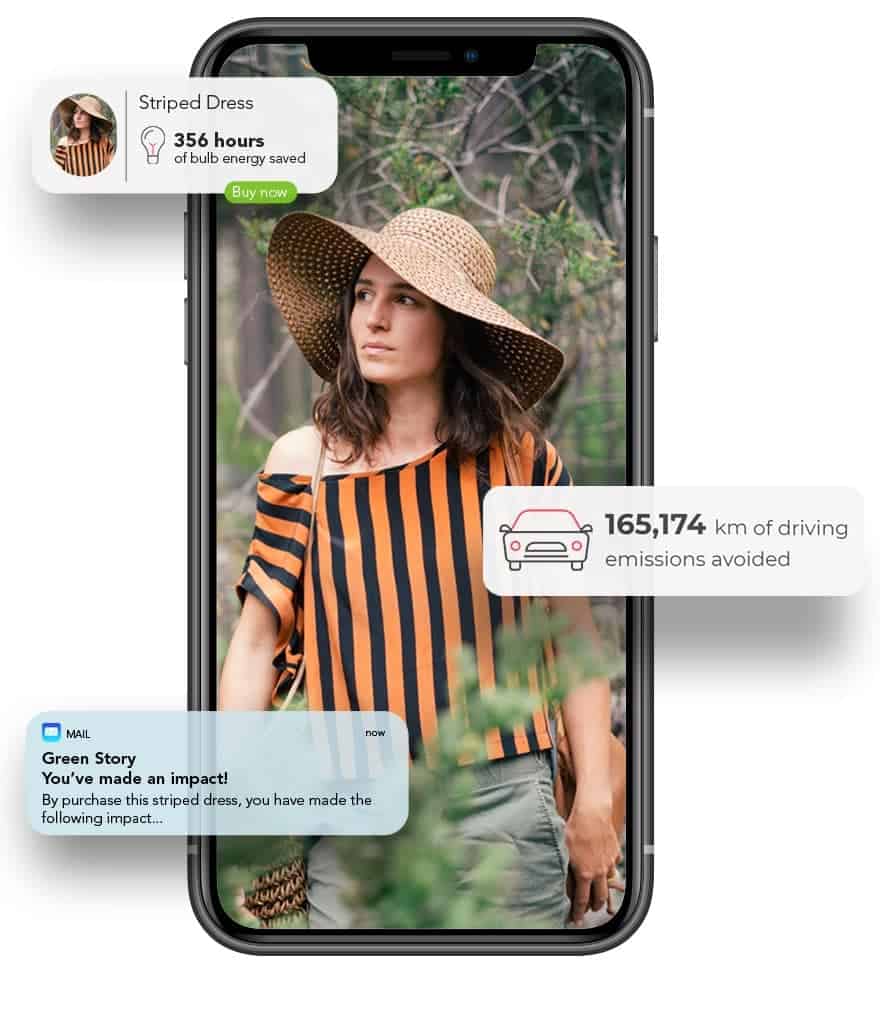
Reduce Your Impact
As mentioned earlier, climate change is a huge problem, so it’s no surprise that consumers want to know how brands are reducing their impact. People want to know that they are buying from a brand actively doing its best to conserve natural resources and decrease its carbon footprint.
For advice on how to do this well, we reached out to Akhil Sivanandan, the founder and CEO of Green Story. Green Story is a marketing company that helps sustainable brands measure, share, and reduce their environmental impact.

“The first step is always knowing your impact. By understanding your footprint and hotspots, brands can find actionable solutions. This can involve switching to renewable power or changing designs to include better fibers. Offsets that are along your supply chain are also a way to reduce your impact locally.”
We asked Akhil how brands can offset carbon emissions at a local level, and if brands can still support other local projects while trying to go carbon neutral.
“Absolutely, we work at Green Story to find such projects for our clients so brands can support the communities they affect the most.”
In other words, it is completely possible for brands to support the communities they are involved in while still doing their best to better the planet. And considering how your environmental impact affects people and communities at a local level is a great way to show your brand cares about intersectional environmentalism.
Another way brands can reduce their impact is with sustainable packaging. Packaging that is recycled, recyclable, and/or biodegradable shows that your brand cares about its impact, and customers will notice and appreciate small details like this. Sustainable packaging will also grab your brand 2 points on Eco-Stylist’s criteria.
Check out our Brand Resources to learn about Green Story and other resources to help reduce your brand’s impact.
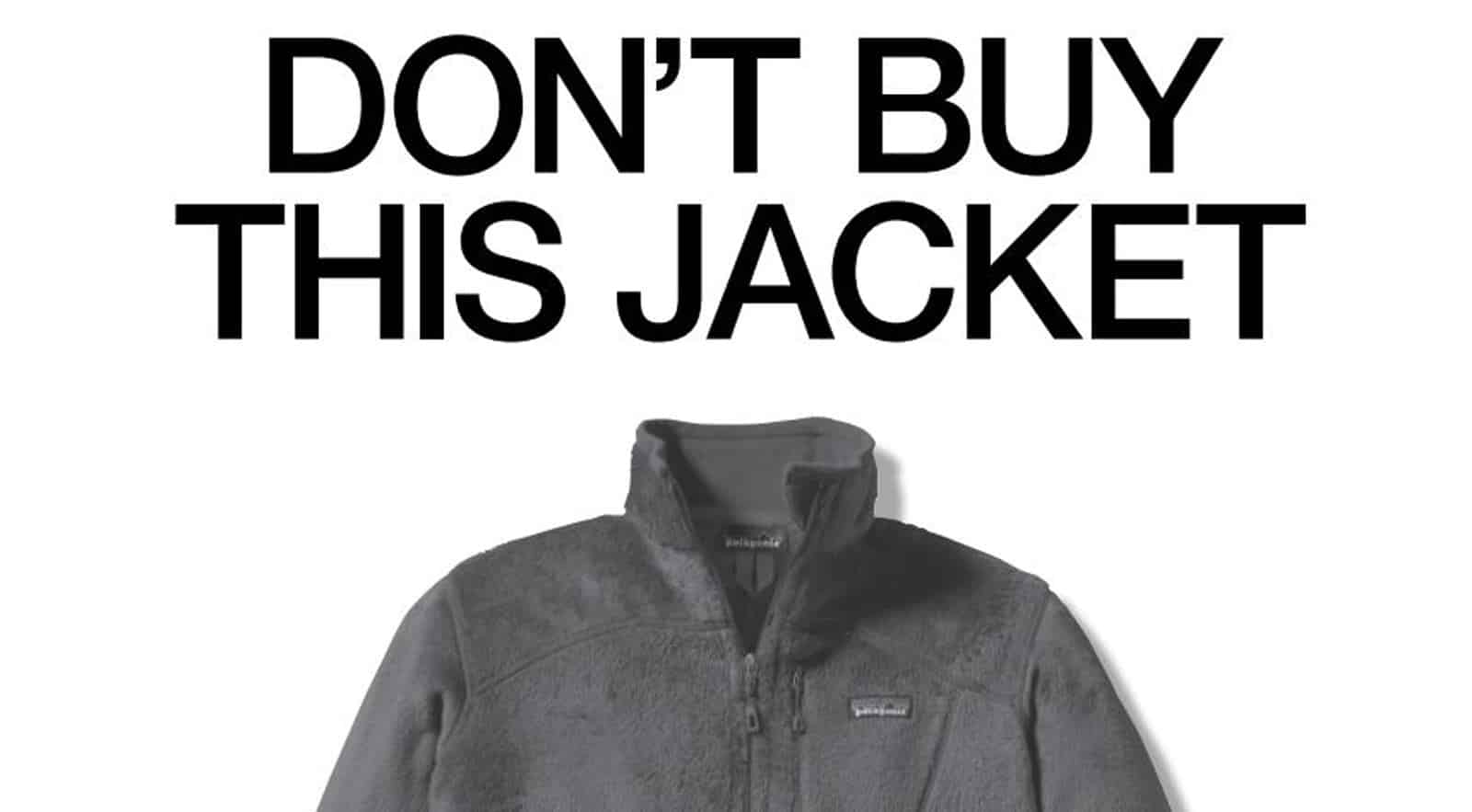
Tell Your Story
All of this brings us to our final point: telling your story. Doing things more sustainably is super important (are we right?), but telling your story is equally important, because otherwise how will people know about the amazing work your brand is doing.
In today’s society, many consumers (especially Millennials and Gen Z) would choose to spend more money on a product that is ethically sourced and sustainably made, rather than buy cheap fast fashion. This idea has recently become popular on social media platforms like Tik Tok and Twitter; consumers want to buy ‘life-long’ pieces–garments that will stay in style and stay in good shape for years to come.
Brands can appeal to these ideals in a few ways. First, brands can focus on timeless pieces (is timeless trending?) or they can focus on the quality and longevity of their clothes.
While a sustainable brand won’t compete with fast fashion on price, you can show your customers that quality is more cost effective in the long run–the benefits increase over time. Brands like Taylor Stitch, Patagonia, and Nudie Jeans have demonstrated this value by offering lifetime guarantees or free repairs on their clothes.
For more insights we reached out to sustainable brand strategist, Deanna Pratt. She said:

“the best way to communicate your sustainability efforts is to use your content marketing as an opportunity to educate your customers on how your products are made, who they’re made by, and how to sustainably care for your products to end-of-life.”
For brands who aren’t quite sure where to start on their marketing, begin with Deanna’s advice. Does your brand go above and beyond when it comes to sustainable fabrics, fair wages, or letting customers meet the maker of their clothes? Sounds like a story worth telling.
Feeling stuck on marketing? Consider reaching out to an impact focused marketing professional (such as Deanna) for help.
Got More Ideas?
All four of these actions: Be Transparent, Source Ethically, Reduce Your Impact, and Tell Your Story are not only great ways to expand sustainability within a brand and great marketing to draw in consumers, but also they are actions that brands should already be taking. As a sustainable brand you’re helping to build the future your customers want to live in, and we think that’s worth sharing.
Do you have ideas for how brands can be more sustainable? Share them below.

Catherine McCourt is a content writer at Eco-Stylist. She studies English, Creative Writing, and Philosophy at the University of Iowa. When she’s not writing about sustainability in fashion, Catherine enjoys painting, journaling, and much needed downtime.

